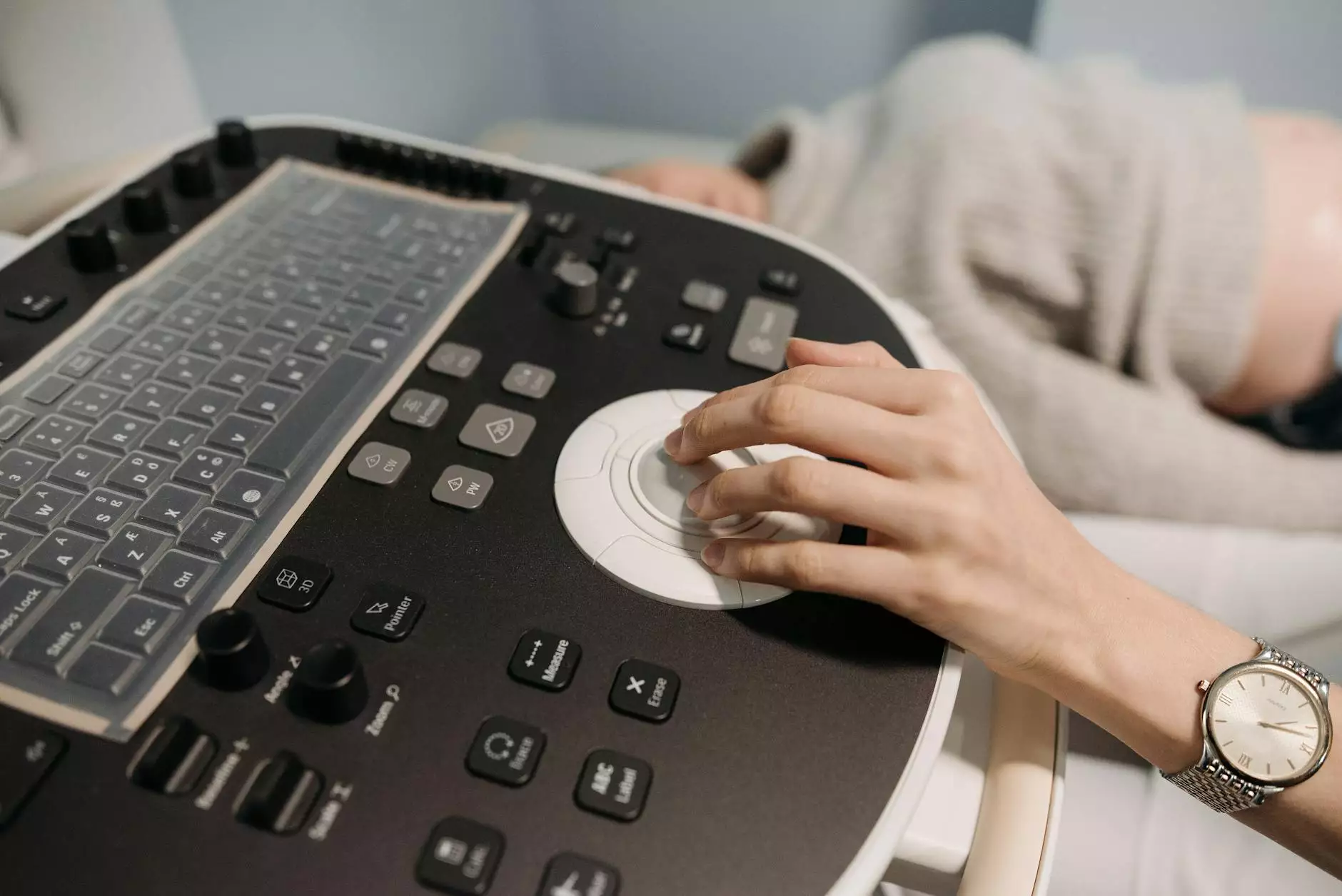Understanding Shoulder Pain and Internal Rotation

Shoulder pain related to internal rotation is a common issue that plagues many individuals, from athletes to sedentary workers. The shoulder joint, a marvel of human anatomy, allows a wide range of motion, but this flexibility can come at the cost of stability and increased vulnerability to injury. In this comprehensive article, we will delve into the intricacies of shoulder pain associated with internal rotation, including its causes, symptoms, and the most effective treatment options available.
What is Internal Rotation of the Shoulder?
Internal rotation refers to the movement of the shoulder when the arm is rotated toward the body. This motion is essential for various activities, including reaching behind the back, throwing, and lifting. However, repetitive internal rotation can lead to shoulder pain, especially when the muscles or tendons surrounding the shoulder joint become strained or injured.
Causes of Shoulder Pain during Internal Rotation
Many factors can contribute to shoulder pain with internal rotation. Understanding these causes is crucial for effective treatment:
- Rotator Cuff Injuries: The rotator cuff is a group of muscles and tendons that stabilize the shoulder. Injuries or tears can result in significant discomfort, particularly during internal rotation.
- Impingement Syndrome: This condition occurs when the shoulder blade compresses the rotator cuff tendons, leading to pain during overhead activities and internal rotation.
- Tendinitis: Inflammation of the tendons can result from overuse or repetitive motion, causing pain during activities involving internal rotation.
- Labral Tears: The labrum is a cartilage structure that deepens the shoulder socket. Tears in the labrum can cause pain and limit mobility, especially in positions requiring internal rotation.
- Arthritis: Degenerative joint diseases can lead to changes in the shoulder joint, manifesting as pain during internal rotation and other movements.
- Bursitis: Inflammation of the bursa sac in the shoulder can lead to pain and restrict movement. This condition is often exacerbated during internal rotation.
Symptoms of Shoulder Pain with Internal Rotation
The symptoms associated with shoulder pain during internal rotation can vary widely, but some common indicators include:
- Sharp or Dull Pain: Pain may be sharp during movement or a persistent dull ache when at rest.
- Weakness: Individuals may experience weakness in the shoulder or arm, especially when lifting objects or performing overhead activities.
- Limited Range of Motion: Difficulty in achieving full range of motion during internal rotation can be a significant concern.
- Swelling or Tenderness: Inflammatory conditions may lead to noticeable swelling and sensitivity in the shoulder area.
- Clicking or Popping Sounds: Some individuals may notice audible sounds from the shoulder joint during movement, indicating underlying issues.
Diagnosis of Shoulder Pain Related to Internal Rotation
To effectively address shoulder pain caused by internal rotation, it is essential to obtain an accurate diagnosis. Healthcare professionals will employ several methods to determine the underlying cause:
- Physical Examination: This involves testing shoulder strength, range of motion, and evaluating for pain during specific movements.
- Medical History: A thorough medical history will provide context regarding any previous injuries, physical activity levels, or relevant medical conditions.
- Imaging Tests: X-rays, MRI, or ultrasound may be ordered to visualize the structure of the shoulder and assess for any injuries or abnormalities.
Treatment Options for Shoulder Pain with Internal Rotation
Treating shoulder pain associated with internal rotation involves a multifaceted approach aimed at alleviating pain, restoring function, and preventing future injuries. Here are some effective treatment options:
1. Rest and Activity Modification
Resting the shoulder and modifying activities to avoid exacerbating the pain can aid in recovery. This may involve taking breaks from overhead activities and avoiding movements that trigger discomfort.
2. Physical Therapy
Engaging in physical therapy can significantly enhance recovery. A qualified physical therapist can design a personalized exercise program focused on:
- Strengthening the surrounding muscles to provide better support to the shoulder joint.
- Enhancing flexibility and promoting better range of motion.
- Incorporating gentle stretching and mobility exercises specifically targeting internal rotation.
- Utilizing modalities like ultrasound or electrical stimulation for pain relief.
3. Medications
Over-the-counter nonsteroidal anti-inflammatory drugs (NSAIDs), such as ibuprofen or naproxen, can help alleviate pain and reduce inflammation. In some cases, doctors may prescribe corticosteroid injections to manage severe pain.
4. Ice and Heat Therapy
Applying ice to the affected area can help reduce swelling and numb pain, especially in the initial phase of injury. Conversely, heat therapy can promote blood flow and aid in relaxing tight muscles and tendons.
5. Surgical Intervention
If nonsurgical treatments do not yield sufficient improvement, surgical options may be considered. Common procedures include:
- Arthroscopic Surgery: Minimally invasive techniques can repair rotator cuff tears or remove bone spurs causing impingement.
- Shoulder Stabilization Surgery: For cases involving labral tears or instability, surgical options can stabilize the shoulder joint.
Preventing Shoulder Pain Associated with Internal Rotation
Once you recover from shoulder pain related to internal rotation, it's crucial to implement preventive measures:
- Strengthening Exercises: Focus on strengthening the rotator cuff and shoulder stabilizers through targeted exercises.
- Proper Technique: When engaging in physical activities or sports, ensure proper techniques to reduce strain on the shoulder.
- Regular Stretching: Incorporate stretching routines to maintain flexibility and prevent tightness in the shoulder muscles.
- Avoid Repetitive Actions: If your job or hobbies involve repetitive shoulder movements, take regular breaks to prevent overuse injuries.
Conclusion
Understanding shoulder pain during internal rotation is integral to effectively addressing and managing this common ailment. By recognizing the causes, symptoms, and treatment options available, individuals can take proactive steps towards recovery and long-term health. If you experience persistent shoulder pain, it is essential to consult a healthcare professional to receive a proper diagnosis and tailored treatment plan.
At IAOM, we are committed to providing expert chiropractic and physical therapy services designed to promote healing and restore mobility. Our team of experienced professionals can help you navigate your path to recovery and prevent future injuries. Don't let shoulder pain hold you back; take charge of your health today!
shoulder pain internal rotation







